Did you know that many of the plants in your grocery store can be regrown easily from scraps? Instead of tossing out those vegetable ends or herb stems, you can turn them into thriving plants right at home. It’s a simple, eco-friendly way to get more from what you already have while adding fresh greenery to your kitchen or garden.
From crunchy lettuce bases to garlic cloves and even pineapple tops, there are plenty of easy-to-grow scraps that can give you a second harvest. This not only saves money but also cuts down on food waste—a win-win for both you and the planet. Plus, watching something grow from what was once trash is incredibly satisfying and even a bit magical.
Whether you’re a seasoned gardener or just getting started, these grocery store scraps are a fantastic place to begin. They require minimal effort and space, making them perfect for windowsills, balconies, or small gardens. Give it a try and enjoy fresh, homegrown produce without ever leaving your kitchen!
Green Onion
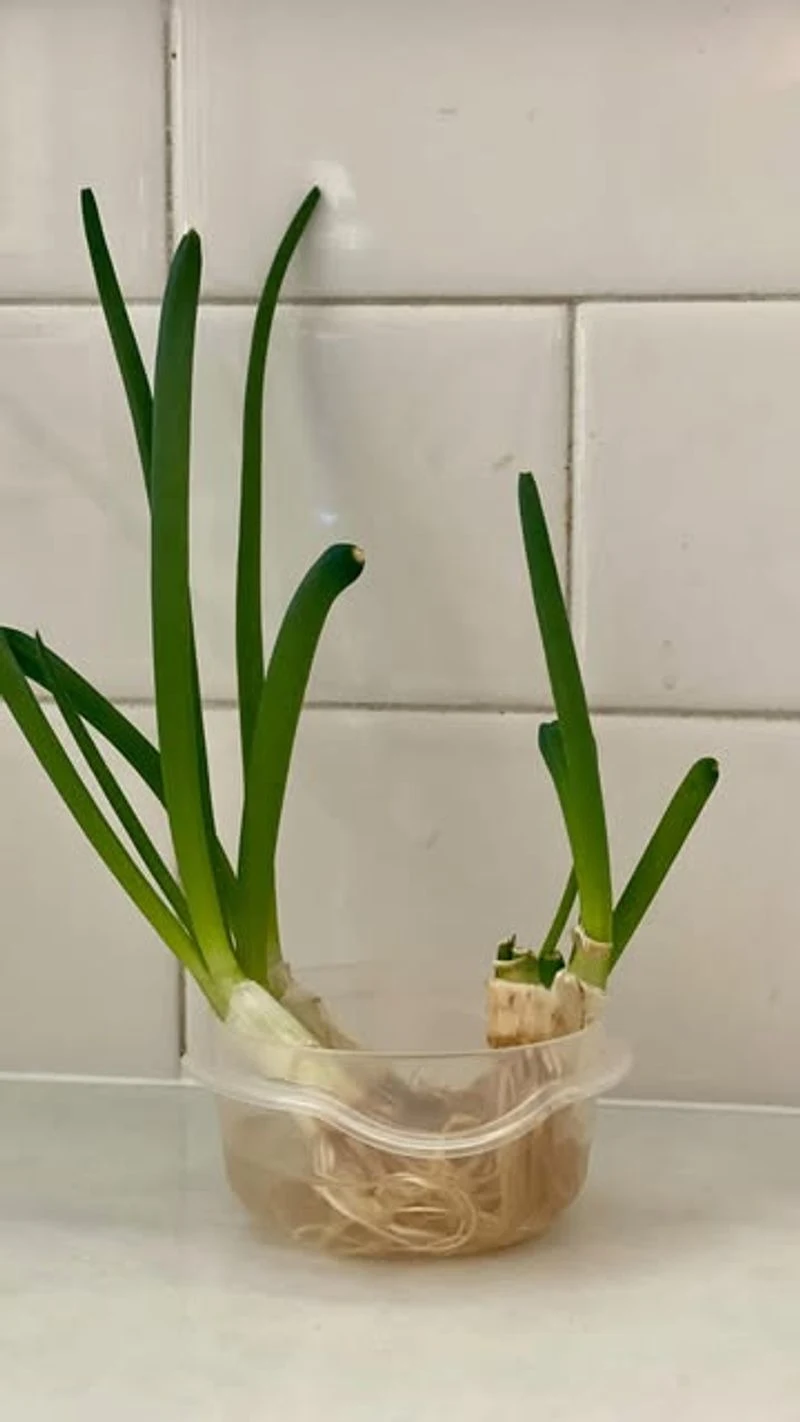
Green onions boast more than just flavor; they offer a lesson in resilience. Start with the white bulb, place it in water, and watch as it grows back to life. These versatile plants thrive with minimal care, needing just a sunny spot and a bit of water to flourish. Within days, they sprout new, vibrant green shoots, filling your kitchen with a fresh aroma. It’s fascinating how this simple vegetable can become a constant in your culinary adventures, ready to be snipped and savored whenever a dish needs a touch of freshness.
Carrot Tops

While carrots themselves won’t regrow, their tops can transform into decorative houseplants. Submerge the tops in a shallow dish of water, and soon you’ll see lush greens emerging. These sprouts may not yield more carrots, but they offer a charming touch of nature for your kitchen. Their feathery leaves are a delightful reminder of the hidden potential in everyday produce. If you’re curious about sustainable living, carrot tops provide a perfect starting point, showcasing how even scraps can bring beauty and life to your space.
Celery
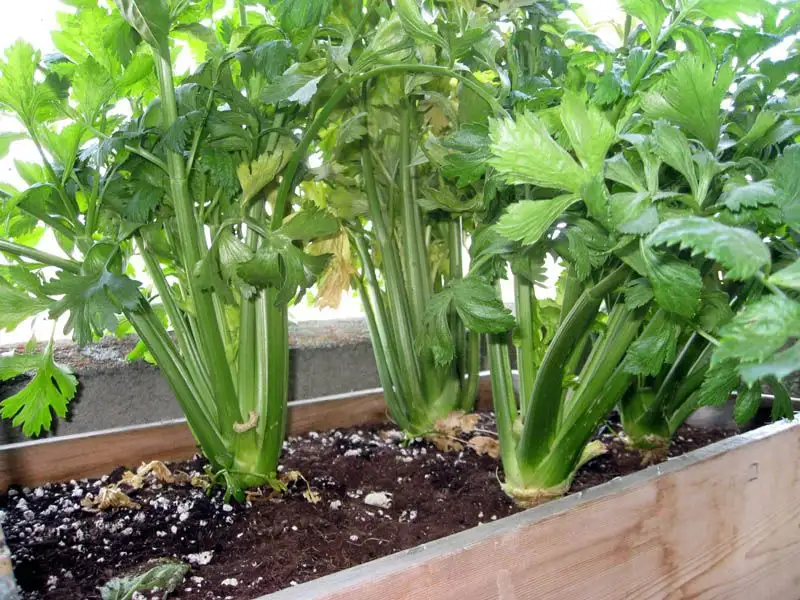
Celery’s crisp, refreshing taste can keep on giving. Save the base of the stalk and place it in water. In just a week, new growth emerges from the center, pushing upwards with vigor. This regrowth is not only a testament to nature’s tenacity but also a practical way to reduce waste. As the stalks mature, they provide a continuous supply of tender, crunchy snacks. Embrace this easy gardening trick, and you’ll soon have a perpetual source of celery for salads and soups, all from what would have been discarded.
Romaine Lettuce
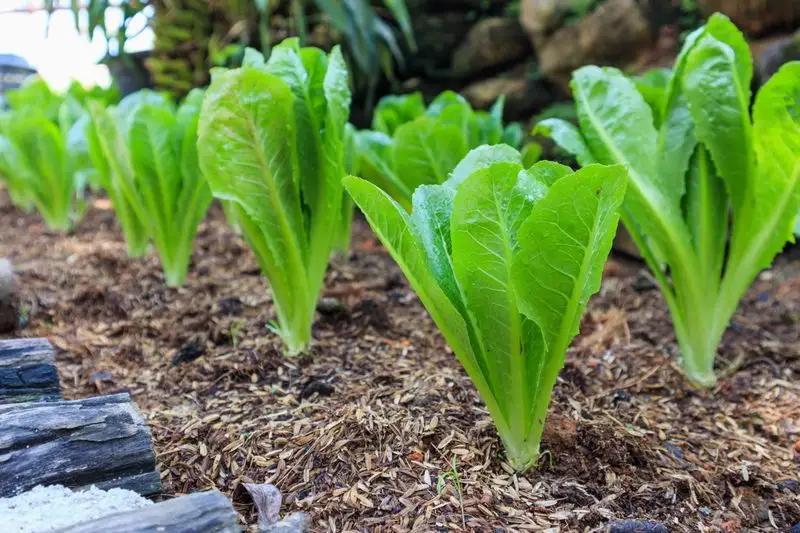
Romaine lettuce holds a secret beneath its crisp layers. By saving the heart of the lettuce and placing it in water, new leaves begin to unfurl in a matter of days. This regrowth offers a fresh supply of greens, perfect for sandwiches and salads. Not only does this save money, but it also adds a touch of garden freshness to your meals. Marvel at the rapid transformation as your lettuce heart becomes a thriving plant, providing you with continuous nourishment and a sense of accomplishment in sustainable living.
Garlic Sprouts

Garlic cloves, small but mighty, can sprout into a flourishing plant. Plant individual cloves in soil, and watch as green shoots emerge. These sprouts are a flavorful addition to dishes, offering a milder taste than mature garlic. The process is simple: a sunny spot and occasional watering are all it takes. As you nurture these cloves, you’ll learn the joys of growing your own ingredients, enhancing both your garden and your culinary repertoire. Garlic sprouts not only enrich flavors but also demonstrate the wonders of home gardening.
Ginger Root
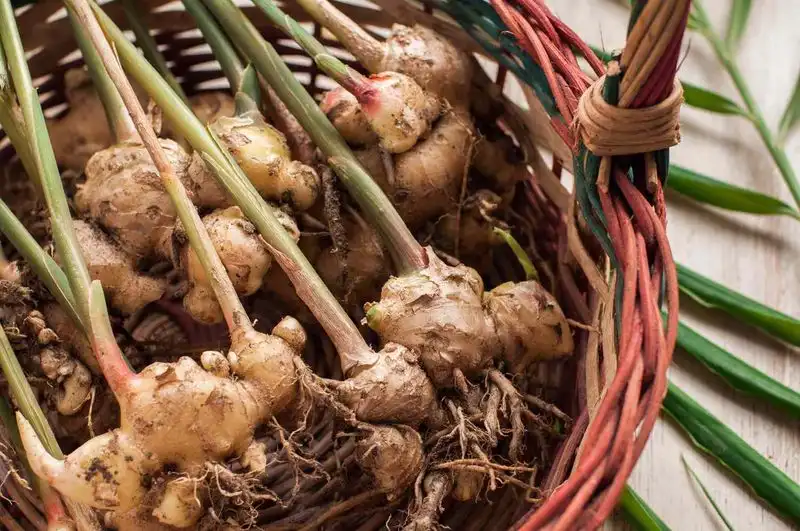
Ginger’s spicy warmth can sprout anew from a fresh root. Plant a piece of ginger in soil, and soon, delicate shoots emerge. Known for its aromatic qualities, ginger thrives with a bit of sunlight and patience. Its leaves add a lush, exotic touch to your home, while the root continues to grow underground. This adventure in gardening brings a taste of the tropics to your doorstep, offering a steady supply of fresh ginger for cooking and teas. Experience the joy of growing this versatile spice directly from your kitchen.
Potato

Potatoes, a staple in many kitchens, can easily regenerate from scraps. Use a piece with eyes, plant it in soil, and watch as a lush plant grows. This process is a fascinating peek into nature’s ability to reproduce. As the plant matures, it rewards you with fresh potatoes, right from your garden. This cycle of growth and harvest connects you to the roots of sustainable living, transforming a simple potato into a rewarding project. Whether mashed or roasted, these homegrown potatoes bring unparalleled flavor to your table.
Sweet Potato
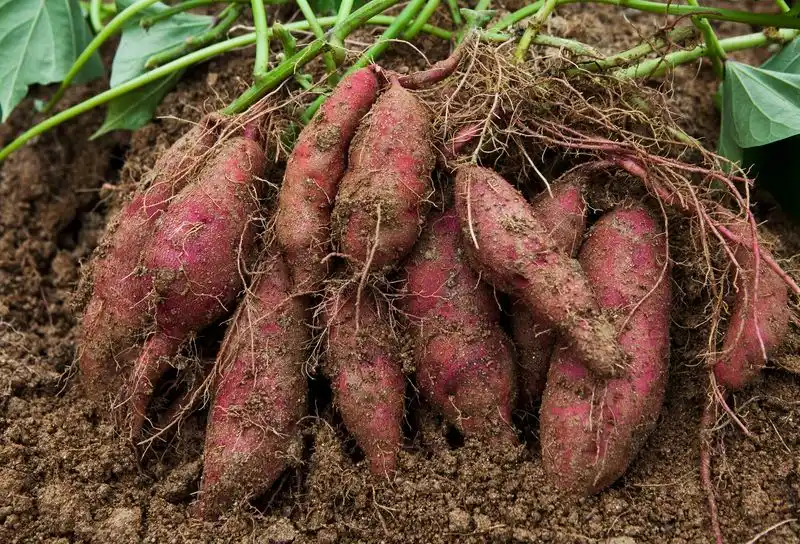
Sweet potatoes hold surprising potential beyond their delicious taste. Suspend a sweet potato in water, and soon, vibrant vines spill over, creating a lively indoor plant. These vines are more than decorative; they symbolize growth from unexpected places. As the sweet potato sprouts and flourishes, it showcases resilience and beauty. This project is not only a horticultural delight but also a lesson in sustainability, demonstrating how kitchen scraps can evolve into living art. Enjoy the dual benefits of aesthetic appeal and a future harvest.
Pineapple
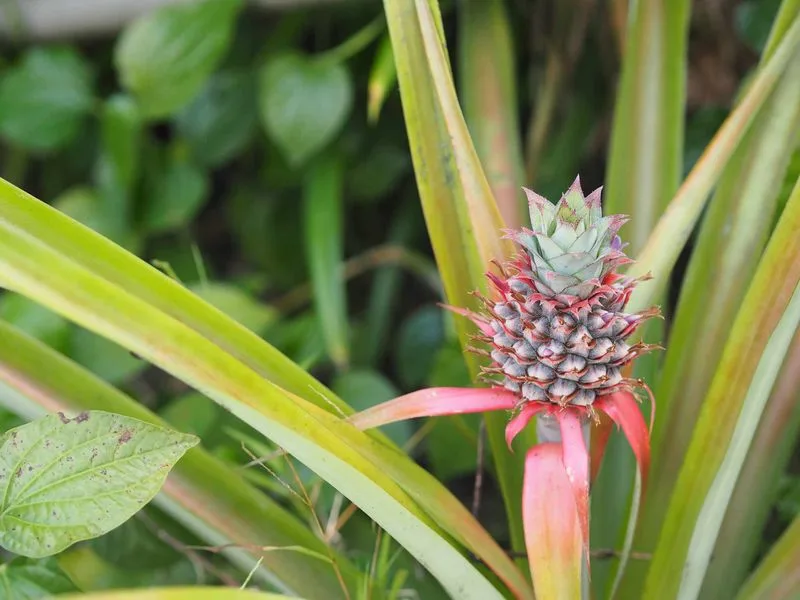
Pineapples bring a touch of the tropics to your home, and their tops can grow into new plants. Carefully twist off the leafy crown and plant it in soil. With time, you’ll see it transform into a flourishing plant, bringing a slice of paradise indoors. This process is a delightful way to engage with gardening, offering both decorative foliage and the promise of future fruit. While it may take years for a new pineapple to grow, the journey is rewarding, making every step a testament to patience and horticultural passion.
Leeks
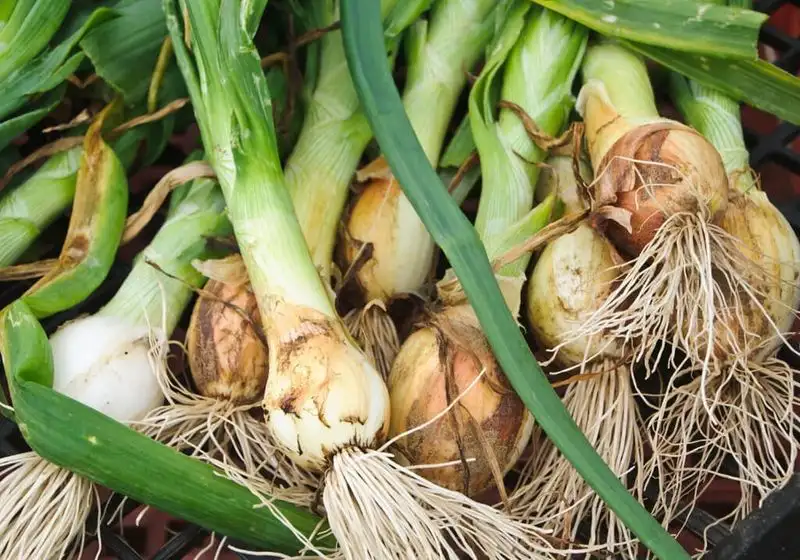
Leeks, with their mild onion flavor, can embark on a new growth journey from their bases. Place the base in water, and watch as fresh shoots rise. This simple process is ideal for those seeking a sustainable kitchen practice. As the leeks regenerate, they provide a continual source of flavor for soups and stews. The sight of new life emerging from the base is both satisfying and inspiring, showcasing how small efforts can lead to a bounty of fresh produce, directly contributing to a greener lifestyle.
Basil

Basil’s aromatic leaves can multiply through simple cuttings. Place healthy stems in water, and soon, roots develop. This method not only expands your basil supply but also infuses your home with a fragrant aroma. The beauty of basil lies in its simplicity; with a bit of water and light, it thrives, ready to enhance your culinary creations. Enjoy the satisfaction of growing your own herbs, adding a personal touch to your garden and kitchen. This process embodies the essence of sustainable living, turning kitchen scraps into a thriving herb garden.
Mint
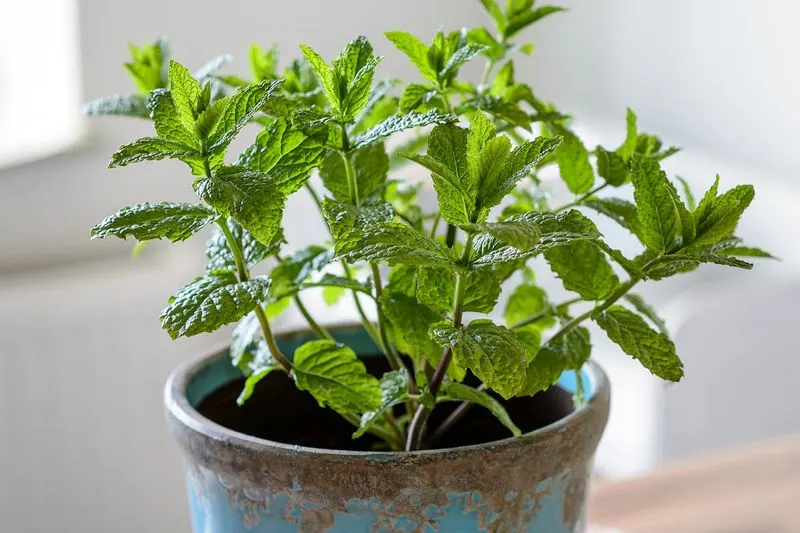
Mint, with its refreshing scent, can spread from just a cutting. Place it in water, and soon, roots will appear. This vigorous herb grows rapidly, offering an abundant supply for teas and garnishes. The ease of propagating mint makes it a favorite among gardeners, providing continuous greenery and flavor. Its presence not only enhances your cooking but also adds a vibrant touch to your home. Mint’s ability to thrive with little care makes it an ideal candidate for those looking to dive into the world of indoor gardening.
Cilantro

Cilantro, known for its distinct taste, can regrow from stems. Place the stems in water, and watch as they spring back to life. This herb adds a burst of freshness to dishes, and growing it from scraps saves both money and time. The transformation from store-bought to homegrown is swift, turning your windowsill into a mini garden. Enjoy the benefits of fresh cilantro at your fingertips, enhancing meals and inspiring a deeper appreciation for sustainable practices. It’s a delightful reminder that regrowth starts with simple steps.
Fennel
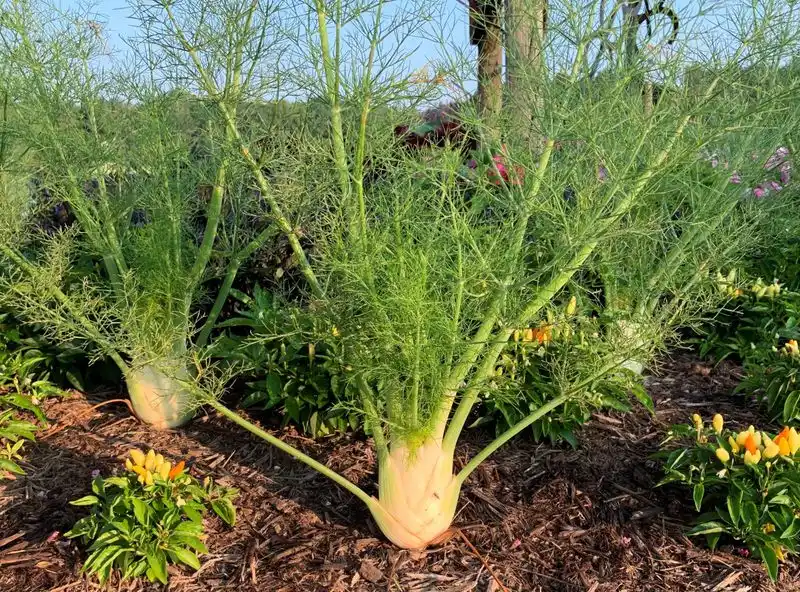
Fennel, with its unique anise flavor, can regrow from the bulb’s base. Submerge it in water, and soon, you’ll witness new fronds sprouting. This process highlights the marvel of nature, transforming waste into fresh produce. Fennel’s delicate leaves and mild taste complement many dishes, making it a versatile addition to your garden. The journey from bulb to regrowth is both intriguing and rewarding, offering a continuous source of culinary inspiration. Experience the simple joy of watching fennel flourish from what was once discarded.
Turnip Greens
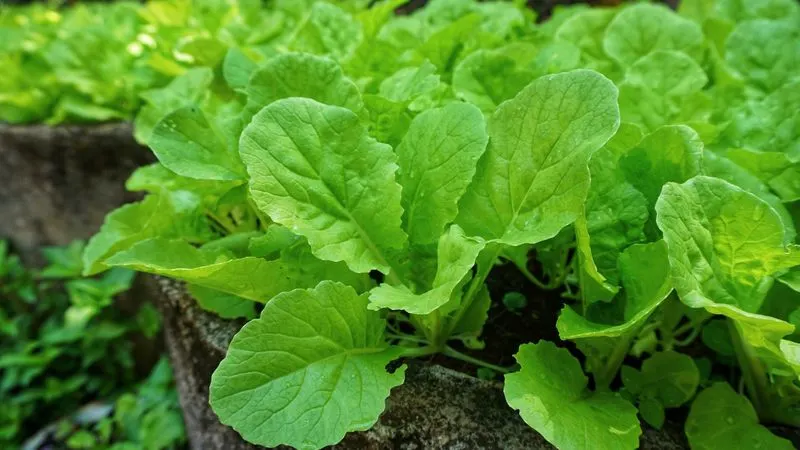
Turnips, often overlooked, have greens that can regrow from the tops. Place them in water, and vibrant leaves soon appear. These greens are not only nutritious but also bring a pop of color to your kitchen. Their regrowth is a testament to the untapped potential within everyday vegetables. As turnip greens flourish, they add flavor and nutrients to your meals, promoting a healthier lifestyle. This easy-to-follow project turns waste into taste, offering a sustainable way to enjoy nature’s bounty, right from your home.
Beet Greens
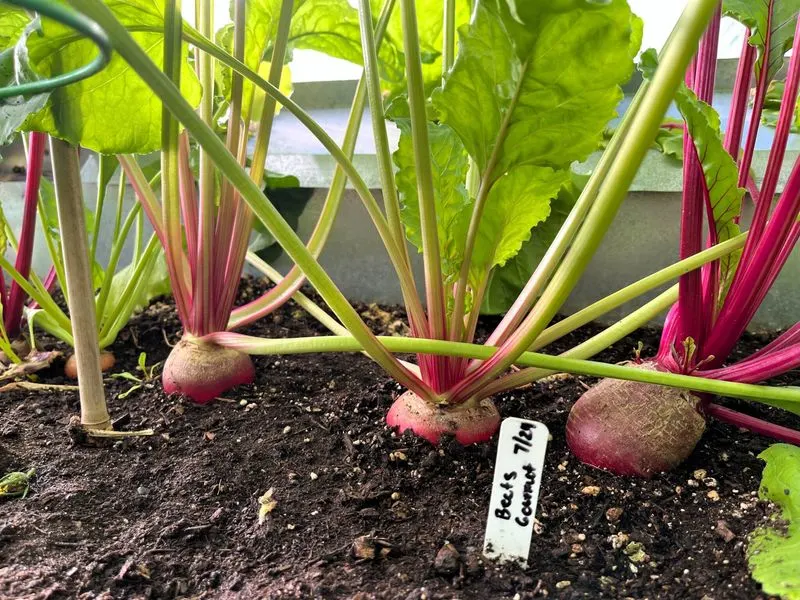
Beet greens, with their rich color, can regrow from beetroot tops. Immerse them in water, and soon, fresh leaves will emerge. While the beets themselves won’t regrow, the greens offer a nutritious alternative. These leaves not only enhance salads but also connect you to the cycle of sustainability. Growing beet greens at home reduces waste and provides a constant supply of fresh produce. It’s a simple yet effective way to embrace eco-friendly practices, transforming kitchen scraps into a thriving mini-garden.
Scallions
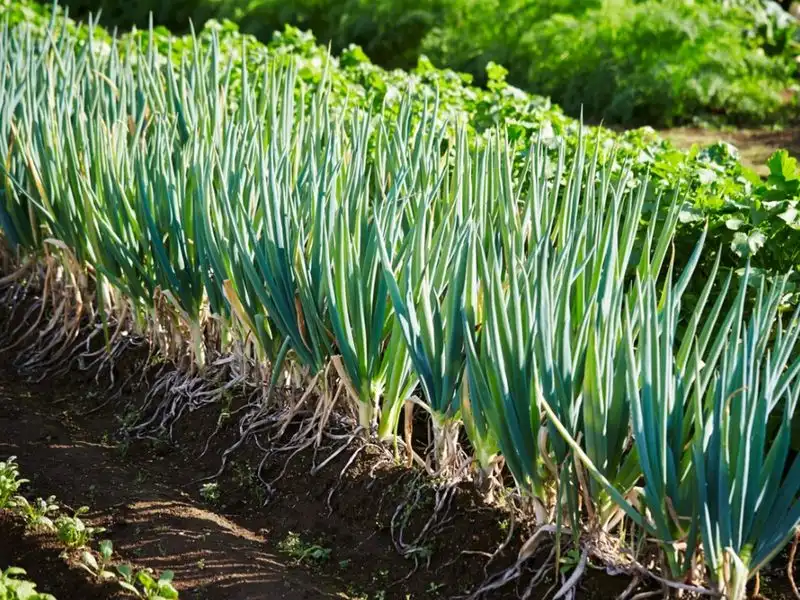
Scallions, known for their sharp taste, can be endlessly regrown from scraps. Use the root ends, place them in water, and watch as new shoots appear. This process is a practical solution for fresh ingredients at hand. The allure of scallions lies in their ability to thrive with minimal effort, providing a ready garnish for meals. Incorporating this regrowth method into your routine not only cuts down on food waste but also enhances your dishes with fresh flavor. It’s an easy way to cultivate a green habit and enjoy immediate culinary rewards.

